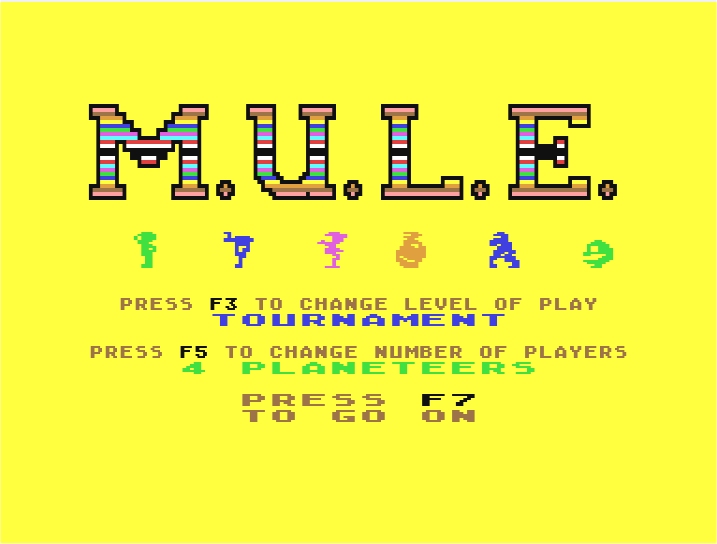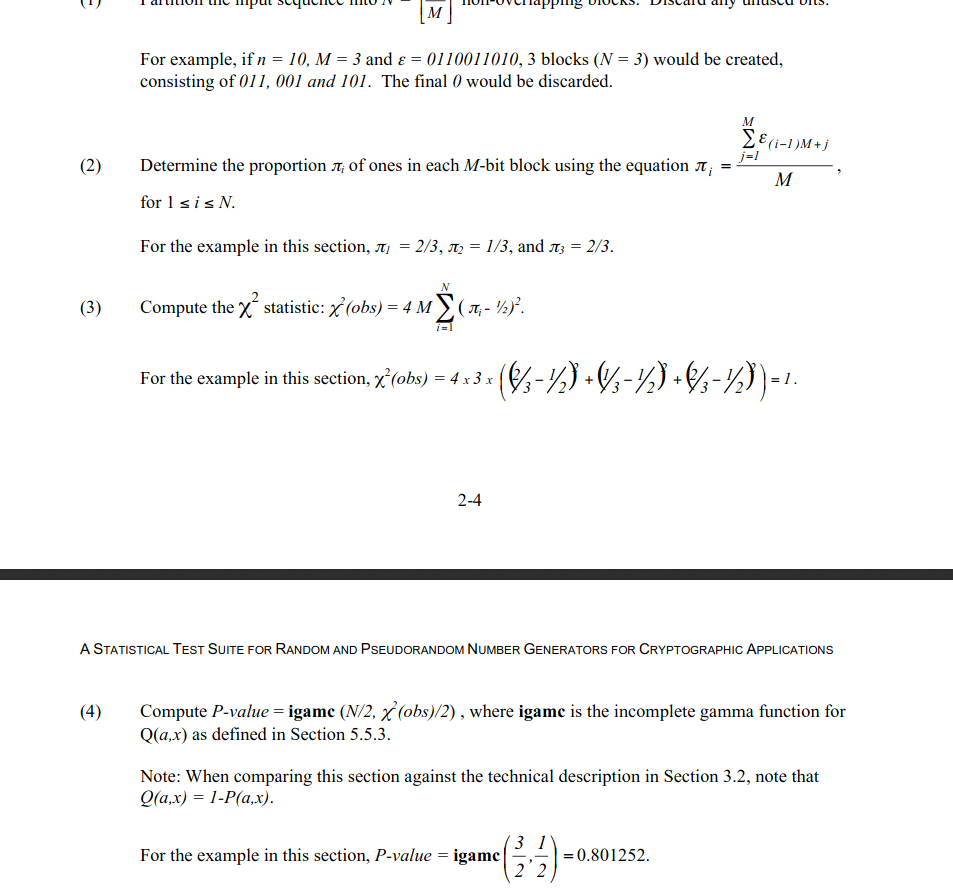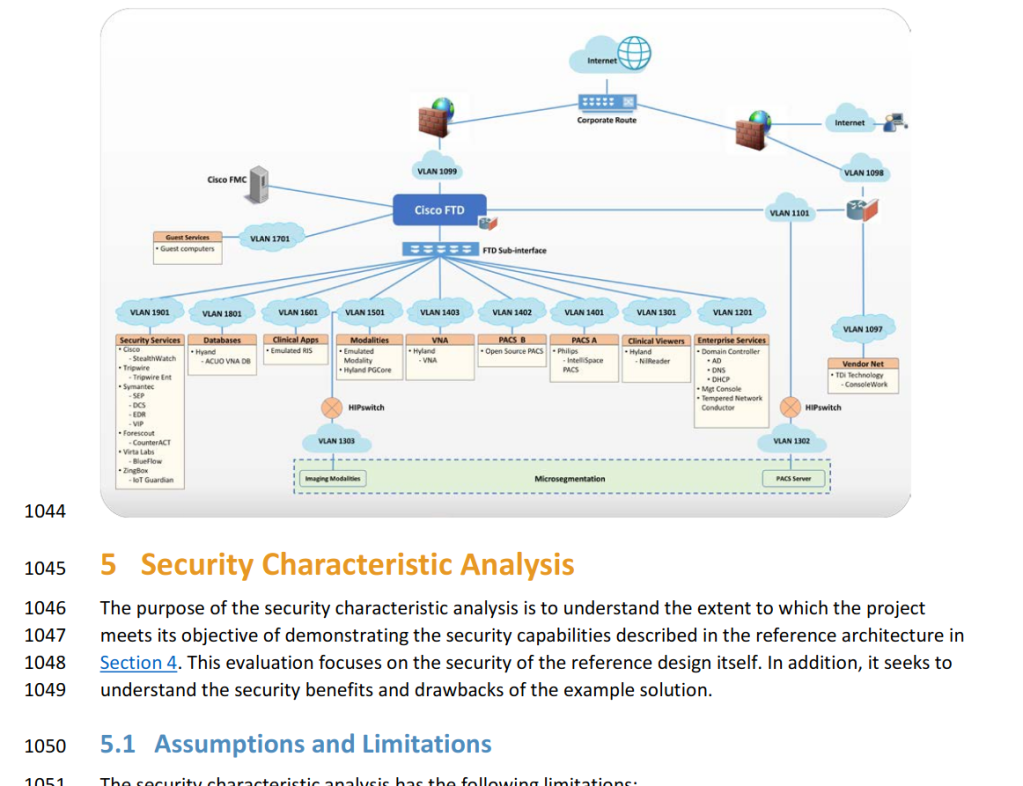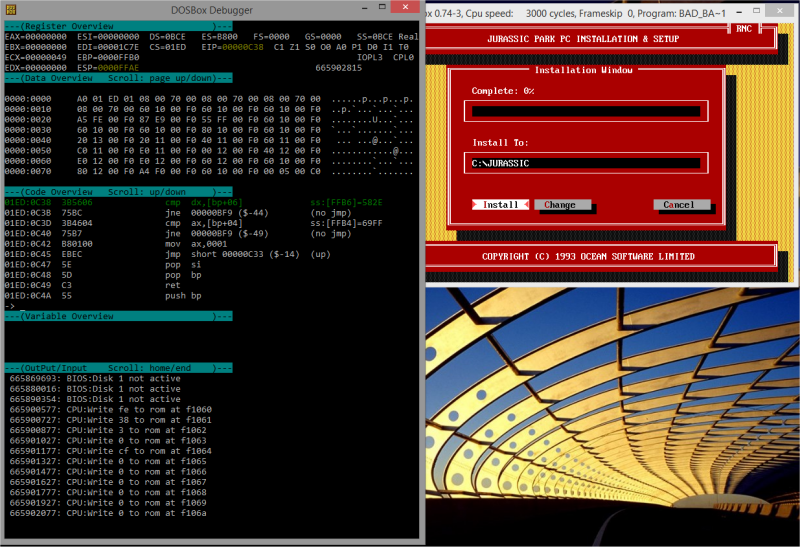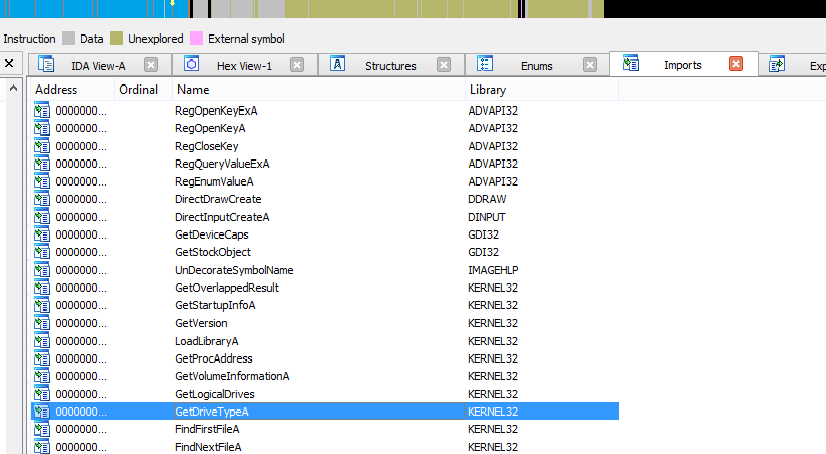Update 2023: Ich hatte ja unten geschrieben, ich setze das mal auf Wiedervorlage nach zwei Jahren. Wir haben unseren gebrauchten Flügel damals bei Pianovum gekauft, waren damals und sind auch heute noch rundum zufrieden damit. Klare Empfehlung.
Ich poste mal was zu Flügeln aber nicht Red Bull. Weil als wir einen Flügel kaufen wollten habe ich natürlich im Netz gesucht, so nach Infos. Zum Beispiel welche Stücke sich besonders eigenen um das gesamte Klangvolumen abzutesten oder so. Wie man prüft ob die Hammermechanik in Ordnung ist. Wie man am besten Risse im Resonanzboden aufspürt.
Sowas halt.
Dagegen fand ich nur so sinnvolle Hinweise wie „Kaufen Sie einen Flügel nicht ungesehen im Internet. Betrachten und spielen Sie den vor Ort. Überprüfen Sie den Flügel. Sind alle Tasten vollständig?“.
Sowas halt.
Und deswegen hätte ich mir gewünscht, einen Artikel zu finden so wie diesen hier und schreibe hier ein paar Gedanken auf. Aber mal vorab: Glaubt nicht was im Internet steht. Clavio oder ähnliche Orte. Warum? Manche Leute posten, sehr überzeugt von ihrer Meinung, sehr sinnvolle Dinge. Manche Leute posten, sehr überzeugt von Ihrer Meinung, komplett schwachsinnige Dinge. Alle haben Meinungen. Wenige haben Ahnung.
Warum? Na, weil Yuja Wang abends vielleicht noch fünf Minuten online ist um neue Miniröcke zu shoppen, aber ganz sicher nicht um ihre Meinungen über Flügel und Flügelmarken kundzutun. Ansonsten übt die. Oder tritt bei einem Konzert auf. Die hat da überhaupt keine Zeit für. Profis haben selten Zeit irgendwas im Internet zu posten.
Gilt auch für Klavierbaumeister. Wobei das eh nicht so die typische Internet-Crowd ist.
Übrigens auch was ich hier schreibe. Ist alles Quatsch. Ist meine Meinung, aber ich habe auch keine Ahnung von dem Ganzen. Umso lauter tue ich sie kund. Also glaubt das nicht.
Meine Meinung beruht im Wesentlichen auf einem Frage-Antwort-Spiel mit der HzB. Und einfach nur um deren Qualifikation einzuschätzen und natürlich anzugeben; sie hat’s immerhin bis zu Geidai geschafft. So kann man das vielleicht einfach besser einordnen. Ob so eine Meinung für Euch Sinn macht oder nicht.
Nun auf zum Frage-Antwort-Spiel.
Was unterscheidet einen Anfänger von jemandem der das schon etwas länger macht?
Der Anfänger liest ein c und spielt dann ein c. Fertig. Wenn man das schon etwas länger macht, dann merkt und hört man dass es da zahlreiche Arten gibt, dass c zu spielen. Sind analoge Instrumente. Dann schaut man sich so Dinge an: Was kommt vorher? Was kommt danach? Was hat sich der Autor dabei gedacht? Ist alles wie im Deutschunterricht, holt einen immer wieder ein.
Letztendlich ist jeder Auftritt eine fein nuancierte Interpretation. Wo man auch einfach lernen muss richtig hinzuhören. Sonst hört man nur ein c.
Das ist übrigens auch der Grund warum viele Klavierlehrer es nicht mögen, wenn die Schüler Keyboard spielen. Beim Keyboard drückt man das c sagen wie zu 32,356 Prozent und bekommt immer den gleichen Ton. Man lernt also: Ich muss hier an der Stelle im Stück das c zu 32,356 Prozent drücken, dann passt das.
Bei einem analogen Instrument gibt es nicht nur mehr Nuancen, sondern es kann auch den einen Tag so klingen und den anderen Tag wieder anders. An einem anderen Flügel sowieso. Man ist also gezwungen zu hören was da eigentlich kommt. Und entsprechend so zu spielen, dass es passt, dass die Töne kommen die man sich überlegt hat, die da erklingen sollen.
Wie ist der Flügelmarkt heute?
Im Wesentlichen gibt es drei Möglichkeiten.
- Man ist reich. Dann kauft man einen neuen Steinway. Oder vielleicht einen Fazioli. Oder einen Bösendorfer. Aber wenn man so viel Geld ausgibt, kann man auch gleich einen Steinway kaufen. Vermutlich also einen Steinway. Und den Fazioli als Zweitflügel oder so…
- Man ist nicht reich und kauft einen gebrauchten Flügel. Vermutlich einen Steinway. Oder einen Flügel aus deutscher Produktion, also z.B. einen alten Schimmel. Vielleicht ein Bechstein. Oder einen Bösendorfer. Sagen wir deutschsprachiger Raum. Ibach. Was auch immer.
- Man ist nicht reich und kauft einen neuen Flügel. Dann kauft man einen Yamaha. Oder vielleicht ein Kawai.
Und dann gibt es noch unzähliger Hersteller, wo die Chinesen mit drin sind. Fast alle deutschen Manufakturen haben über die Jahre schwieriger Zeiten hinter sich, und da wird dann entweder alles oder Teile in China produziert. Eigentlich auch für den chinesischen Markt – alles mit deutschem Logo.
In China spielt dann auch der Preis eine große Rolle, und halt nicht unbedingt die Qualität. Der europäische Markt mit den paar neu verkauften Flügeln, ablassendem Interesse und einem riesigen Gebrauchtmarkt spielt da nicht unbedingt eine Rolle. Früher kaufte man ein Klavier oder einen Flügel und stellte sich den ins Wohnzimmer, wenn man was sein wollte. Heute kauft man einen 4K Fernseher und ein SUV. Ich zähle die ganzen Marken jetzt nicht alle auf, gibt ja das Internet.
Was unterscheidet einen preiswerten Flügel aus China von einem guten Flügel?
Die Produktion eines Flügels ist jede Menge Handarbeit. Und hängt von der Qualität der verwendeten Materialien ab. Des Holzes.
Manche sagen z.B. Yamaha habe verschiedene Holzsorten oder verschiedene Holzquellen für verschiedene Kontinente (Klimazonen). Ob das nur ein Gerücht ist weiß ich nicht, aber der Punkt ist, dass es auch nicht absurd ist, sich das vorzustellen.
Es gibt nichts, was man nicht noch ein bisschen schlechter und ein bisschen billiger machen könnte. Das hat sich China aufs Herz geschrieben.
So richtig weiß ich aber letztendlich auch nicht, woher der Qualitätsunterschied kommt. Und die hzB hat gesagt, sie habe auch eigentlich noch nie einen neuen Low-Cost Flügel gespielt, fast immer nur gebrauchte, und die klangen schlecht. Und sie hat eigentlich nie einen z.B. (ursprünglich teuren/Qualitäts) gebrauchten Flügel von sagen wir Steinway gespielt, der schlecht klang. Vielleicht nicht so klang wie sie das mocht, aber nicht so kaputt und durch. Dagegen jede Menge fürchterliche gebrauchte Flügel von den üblichen Herstellern „Made in China“.
Aber was ist der klangliche Unterschied?
Die hzB hat‘s mir Drehrumdiebolzeningenieur so erklärt, aber gleich dazu gesagt: Das ist meine Meinung. Andere Pianisten sehen das vielleicht auch völlig anders.
Man erinnere sich an alte Grafikstandards, so DOS. Da gab es EGA und VGA. Bei EGA konnten 16 Farben gleichzeitig dargestellt werden, bei VGA 256 Farben. Made in China = EGA, Steinway = VGA, um es mal völlig vereinfacht auszudrücken.
Das hieße übersetzt, bei 256 Farben hat man einfach viel mehr Nuancen und Kontrolle über den Klang, und damit kann man ein Stück viel nuancierter spielen.
Auf der anderen Seite konnte man sowohl bei EGA als auch bei VGA die entsprechenden Farben aus einer Palette wählen. Also zwar nur 16 Farben gleichzeitig, aber eben das eine Computerspiel nutzt eine Palette wo man Rottöne nuanciert ausdrücken kann, dass andere wo es mehr Grüntöne gibt etc.
Preiswerter vs. Teurer Flügel ist wie EGA vs VGA. Flügel von Hersteller X vs Flügel von Hersteller Y ist wie Palette A vs Palette B. Mag auf eine gewisse Art äquivalent sein, aber spiel sich halt völlig anders. Klingt nicht unbedingt schlechter, ist vielleicht auch einfach eine Frage des Geschmacks.
Das ist übrigens wirklich interessant, wenn man als absoluter Laie daneben steht und zuhört. Da höre dann nämlich sogar ich den Unterschied. Auch wenn ich das nicht bewerten oder einordnen kann, hört man sofort, dass da was anders ist… Also auch wenn man denkt: Hoh, das hört sich doch ok an, und dann hört man im Vergleich ein anderes Instrument und merkt erst dann, dass das erste doch gar nicht so gut klingt.
Warum Steinway?
Wenn man einen Auftritt hat, dann steht da ein Steinway. Wenn man sich eine Aufnahme anhört, ob jetzt Deutsche Grammophon oder Naxos, und rausfinden will, wie ein Stück gespielt wird, ober wie man ein Stück spielen könnte, dann war die Aufnahme wahrscheinlich auf einem Steinway.
Und wenn man dann üben möchte, dann möchte man auf einem Steinway zu Hause üben. Einmal weil’s gut klingt. Aber auch weil man diese Übersetzungsleistung nicht zu erbringen hat. Quasi im Computergrafik Kontext das hin- und her-mappen der Paletten, was dann so richtig ja immer doch nicht passt, wenn z.B. die Abstände zwischen zwei Farben in einer Palette so anders sind als die äquivalenten Farben in einer anderen Palette. Und dann kann ein Yamaha noch so gut sein, das ist dann relativ egal. Da geht es dann nicht mehr nur um den Klang.
Die Steinway Farbpalette ist … komplex und schwierig zu beherrschen. Aber auf der anderen Seite sehr vielseitig. Die Yamaha Farbpalette ist einfacher zu beherrschen und „netter“ zum Pianisten. Sagt die hzB, schränkt aber ein, dass das ihre ganz persönliche Interpretation ist. Da hat jeder seine Meinung…
Sowas ist auch in einem anderen Kontext zu sehen, wenn man unterrichtet. Da geht es vielleicht erstmal darum, dass ein Schüler überhaupt ein Bewusstsein für die Palette entwickelt. Und da ist ein Steinway dann gar nicht unbedingt so gut, weil das den Schüler überfordert…
Wie ist der Steinway Gebrauchtmarkt?
Die Restauration von Steinway-Flügeln ist sowieso so ein zweischneidiges Schwert. Die größte Konkurrenz von Steinway sind gebrauchte Steinways.
Steinway sagt: Alles was nicht von uns mit Echtheitszertifikat restauriert wurde, ist völliger Murks. Das muss nach Hamburg. Und auf der einen Seite stimmt das, es gibt viele Osteuropa-Restaurationen minderer Qualität. Die werden dann preiswert verkauft an Personen, die einen Steinway im Wohnzimmer stehen haben wollen, aber wenig spielen (können). Die wollen dann auch einen Steinway (passt zum Benz) und nicht ein Yamaha-Flügel (nix aus Schina? Was Japan? Ist doch alles Asien, das Gleiche!)
Auf der anderen Seite gibt es natürlich auch gute Klavierbaumeister die gut restaurieren. Und die machen dann Steinway wirklich das Geschäft kaputt. Es gilt nun – sofern man nicht reich ist – einen solchen Klavierbaumeister zu finden. Und das ist gar nicht so einfach und geht nur über Hörensagen etc. Bei sowas helfen Google Maps Bewertungen nicht weiter…
Welchen Flügel für zu Hause?
Kleine Flügel (Salonflügel mit 150 bis 160 cm) unterliegen höheren mechanischen Belastungen. Sind sie zu klein ist überhaupt die Frage ob ein gutes Klavier nicht sinnvoller ist. Zwischen 170cm und 200cm ist was für zu Hause, je nachdem wie groß auch der Raum ist wo man das hinstellt bzw. hinstellen kann. Klar, wenn man einen Konzertsaal als an sein Eigenheim angebaut hat, dann kann man noch was Größeres dahinstellen, aber das werden die wenigsten haben.
Wie teuer ist ein guter Flügel?
Ich behaupte feist die Referenz ist hier ein Yamaha C3X. Preiswert und gut. Neu meiste für ca. 30k zu bekommen. 186cm lang; passt also gut in die Musikschule und auch nach Hause und findet sich auch entsprechend oft.
Darunter ist dann ein durchaus hörbarer Klangunterschied, sogar für mich als absoluter Laie. Die „paar cm“ zum C2X machen doch klanglich viel aus. Und größer passt dann meistens nicht mehr ins Zimmer, außer man hat einen eigenen Konzertsaal angebaut. Aber wenn man sich das leisten kann dann kauft man halt einen neuen Steinway und einen Fazioli als Zweitinstrument.
Der C3X ist dann halt auch irgendwie die Referenz an der sich vieles misst – zu mindestens war das unser Eindruck. Yamaha macht einfach gute Flügel. Aber es sind eben auch keine Steinways. Und da stellte sich dann für uns die Frage: Was Gebrauchtes oder ein neuer Yamaha?
Ist das nicht echt teuer irgendwie?
Ja.
Ne, ist das nicht wirklich teuer irgendwie?
Nun, hier in unserer Wohngegend ist eigentlich SUV – Pflicht. Oder mindestens einen Audi. Besser Mercedes.
Ich weiß auch nicht, wie wir hierhin geraten sind. Es gibt noch ein Nachbarspaar, da fährt der Mann einen gebrauchten Volvo V40 und die Frau einen Ford Mondeo. Das sind die Armen. Mit uns.
Kenne ich alles so nicht aus meiner Heimatstadt.
Wir haben nur ein Auto, einen Toyota. Ich fahre mit Bus und Bahn, das ist billiger. Jeder hat so seine Prioritäten.
Wie lange hält ein Flügel?
Keine Ahnung. Kommt halt auch drauf an, wie oft man damit spielt, wie man gut man die Umgebung (insb. Luftfeuchte) reguliert etc. Aber da eine große mechanische Belastung herrscht, geht zwangsläufig auch irgendwann mal was kaputt bzw. nutzt sich ab. Und zwar mehr als eine Saite.
Wie teuer ist eine Restauration eines Flügels?
Ich denke eine umfassende Restauration wird so bei ca. 30,000 Euro liegen. Hier gibt es z.B. eine Preisliste.
Das kommt natürlich drauf an, was alles gemacht wird und wo. Werden z.B. die Arbeiten in Deutschland durchgeführt? Gerade bei Steinways hat sich ein reger Handel etabliert, der alte Flügel kauft, in Osteuropa (z.B. Polen) preiswert restauriert und dann hier weiterverkauft. Die Qualität der Restauration schwankt dabei natürlich…
Warum ist das Reparieren/Restaurieren so teuer? Hier sieht man mal so grob, was alles gemacht wird, und was das für ein Aufwand ist. Und Arbeitszeit (und natürlich die Ersatzteile) kosten einfach eine Menge Geld.
Warum gibt es keine gebrauchten Yamaha oder Kawais, wenn die so gut sind?
Das ist eine gute Frage, und ich kann auch nur spekulieren. Aber ich denke, das ist einfach nicht wirtschaftlich.
Erstens mal hat Yamaha sich über die Jahre stark verbessert. Also die Flügel sind auch wirklich besser geworden, auch in der Qualität (wie viele japanische Produkte). Deswegen ist ein Yamaha Flügel aus den 50ern vielleicht gar nicht so erstrebenswert. Aber sagen wir mal ein es gibt einen guten mittelgroßen Flügel (180 cm). Der Händler kauft den für wenige tausend (?) Euro und restauriert den dann und steckt 25.0000 Euro Material und Arbeitszeit rein. Und dann kommt ein Kunde und steht vor der Wahl ob er einen uralten restaurierten Yamaha für 30.000 kauft, oder einen neuen C3X für 30.000 Euro…
Wie prüfe ich, ob ein Flügel in Ordnung ist?
Ganz einfach. Wirklich ganz einfach: Spielen 🙂
Wenn er gut klingt, ist er gut. Zu mindestens zu dem Zeitpunkt, wo er gekauft wird. Sagt natürlich nichts über die Haltbarkeit aus.
Aber das ist auf jeden Fall die Methode der hzB; so hat sie zum Beispiel das jetzige Schimmel-Klavier ausgewählt. Haben wir mit Glück gehabt, das hat sich als sehr robust erwiesen und jetzt den Platz im Wohnzimmer bekommen…
Auf jeden Fall haben wir jetzt einen gebrauchten Steinway M gekauft. Restauriert. Hat uns der Händler übers Ohr gehauen? Wurde der doch in Polen restauriert und nicht in Deutschland wie uns versprochen? Wird der lange halten oder werden wir in einem Jahr merken, dass die Restauration Murks war und alles auseinanderfällt?
Der Resonanzboden ist zu mindestens original, bzw. restauriert also die Risse geklebt, geschliffen. Kann man nur hoffen, dass wir nicht einen unwesentlichen Betrag versenkt haben.
Auf jeden Fall habe ich mir mal gedacht ich setze das mal auf Wiedervorlage. Wenn das Ding in zwei Jahren noch ok ist, dann nenne ich hier lobend den Händler. Wenn nicht, dann nenne ich den auch, aber so verklausuliert dass man doch drauf kommt, mir aber keiner ans Bein pinkeln kann.
Trotzdem, ich hätte den C3X genommen.
Aber ich würde auch jederzeit einen neuen Lexus statt einen gebrauchten Ferrari kaufen. So bin ich halt.
